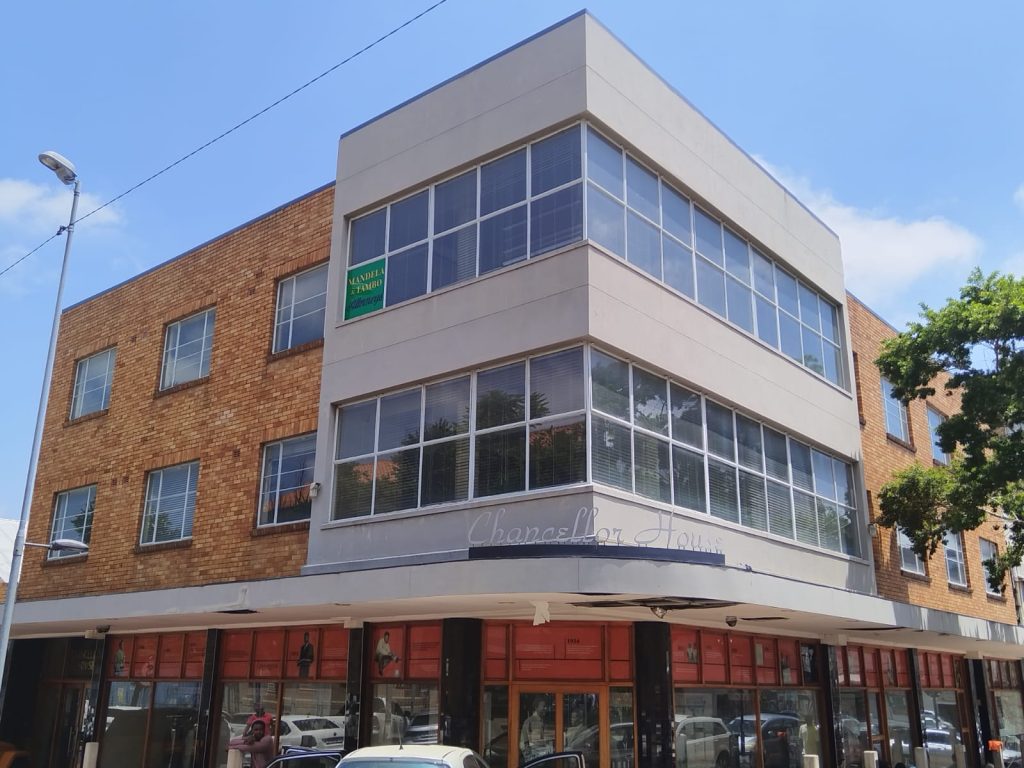The centerpiece consists of a lantern mounted on a red plinth. These were made from standard items which were easily and cheaply available, as befits a peoples’ monument. A garden lantern was placed on top of what may be a section of pipe, an upturned dustbin or similar. The monument is painted with different colours. These colours include red, grey, green, brown, orange and sky blue. The monument is surrounded by circular paving, making it more visible from the streets and to park users.
Vuyani Mabaxa (born 1967) was the most respected youth leader in Diepkloof. He was shot dead by the South African Police on October 13 1991. Mabaxa became an active member of the Congress of the South African Students (COSAS) in the mid 80s, campaigning in the schools for a democratic student representative councils and an end to corporal punishment. He also participated in the local civic campaigns such as rent boycotts and national campaigns for the release of political prisoners. He was one of the 200 youth from Diepkloof who were brutally assaulted and detained in 1985 and 1986 after the declaration of the state of Emergency, which led to the banning of COSAS.
In 1990, the ANC and other anti-apartheid organizations where un-banned leading to the start of negotiations for a political settlement. On the 4th of February 1991, the Diepkloof ANC Youth League Branch (ANCYL) was launched. The killing of Vuyani, months after the beginning of peace negotiations, angered the youth so much that they felt that a memorial should be made on his name to commemorate his death, his role in the community and the struggle for liberation. After so many years, the circumstances surrounding his killings are still a mystery. In a research workshop held on the 18th of July 2003 at Council offices, it was clear that community members hold the opinion that Mabaxa’s killing was planned and orchestrated. The matter was taken to the Truth and Reconciliation Commission, but the process failed to unearth new evidence that could help bring his killers to book.
Although Vuyani was shot nearby, this park was chosen because of its visibility from the main road through Diepkloof. The monument was developed by the ANCYL and funds donated by members of the community. Beginning around 2003, the City Department of Arts, Culture and Heritage services further developed the memorial and commissioned research on its history.
Protected under Section 37 of the National Heritage Resources Act: Public Monuments and Memorials. “Public monuments and memorials must, without the need to publish a notice to this effect, be protected in the same manner as places which are entered in a heritage register …”.

A culmination of research gathered over many years, the Online Johannesburg Heritage Register is being launched on Nelson Mandela Day 18 July 2025.
Among the many heritage sites featured is Chancellor House, the downtown offices of Mandela and Tambo Attorneys in the 1950s. After having been vacant and shuttered for more than a decade, this iconic building is being revived and brought to life once again as offices for the Community Development Department, which oversees the City’s Arts, Culture & Heritage Services.